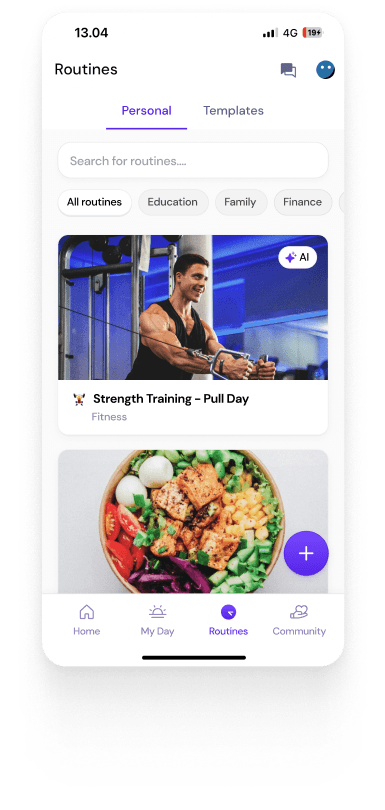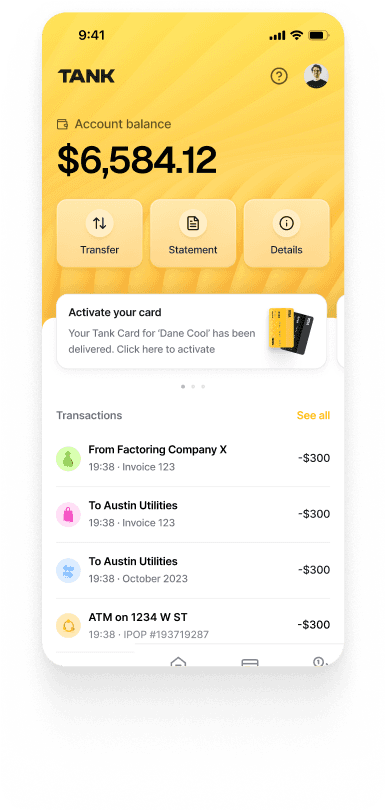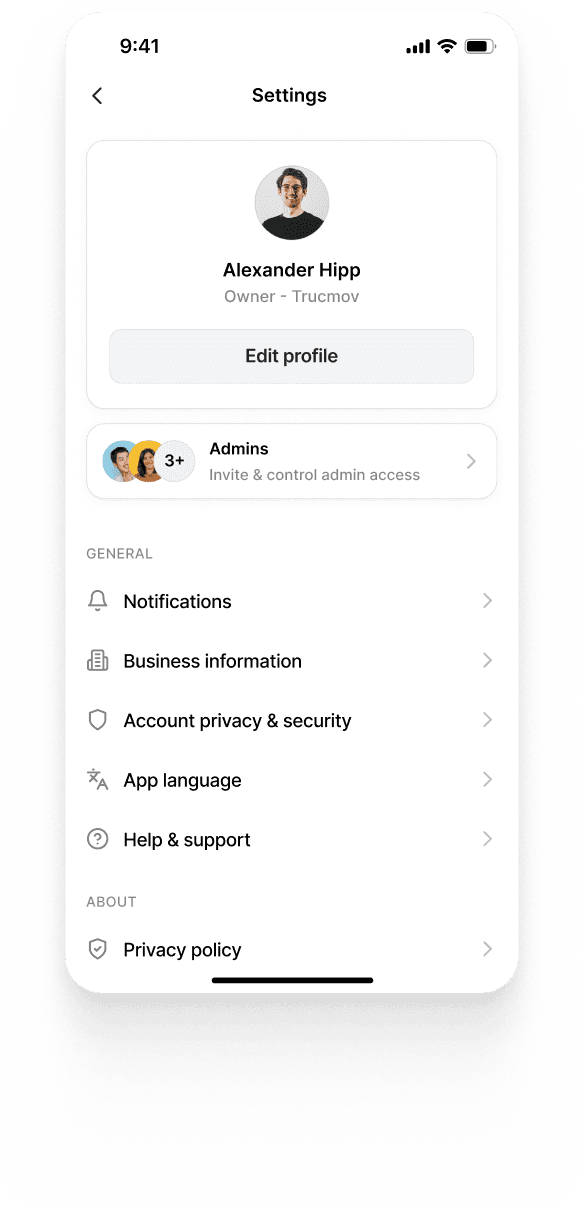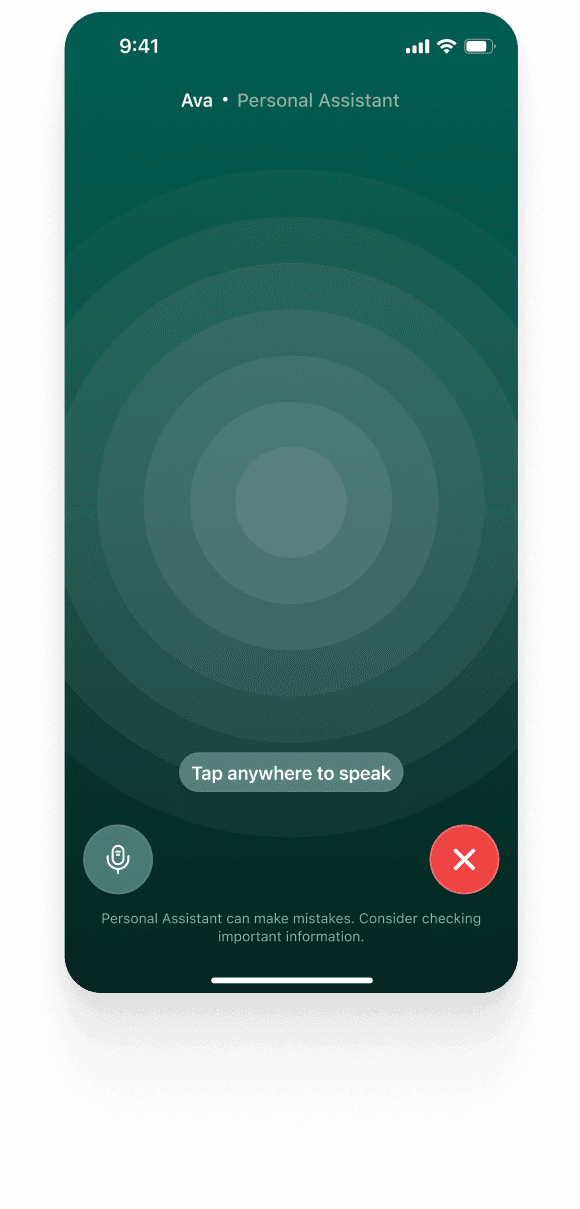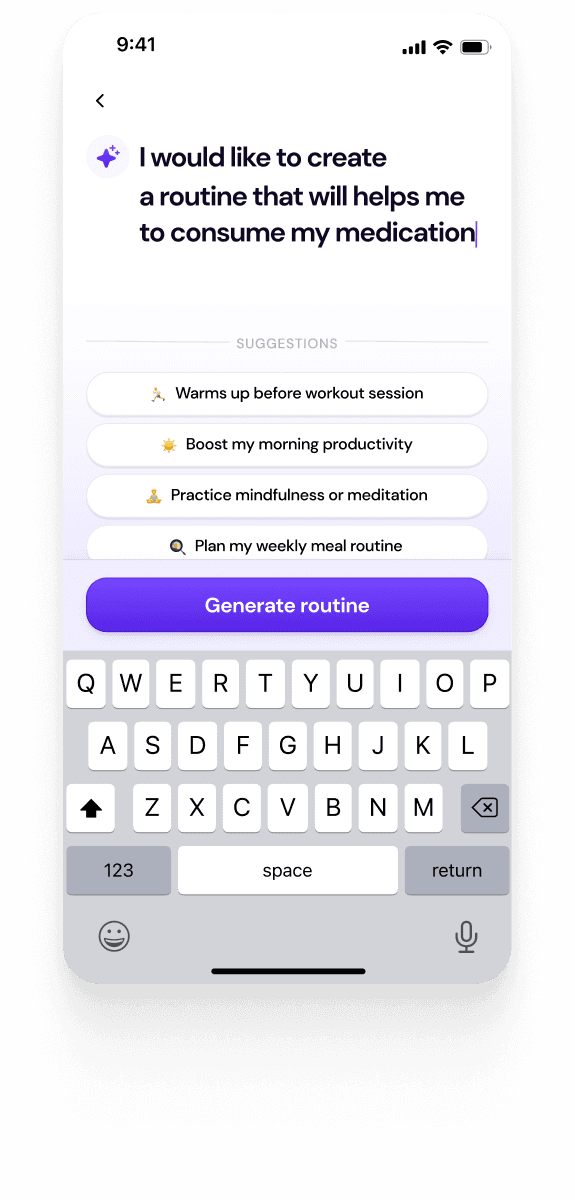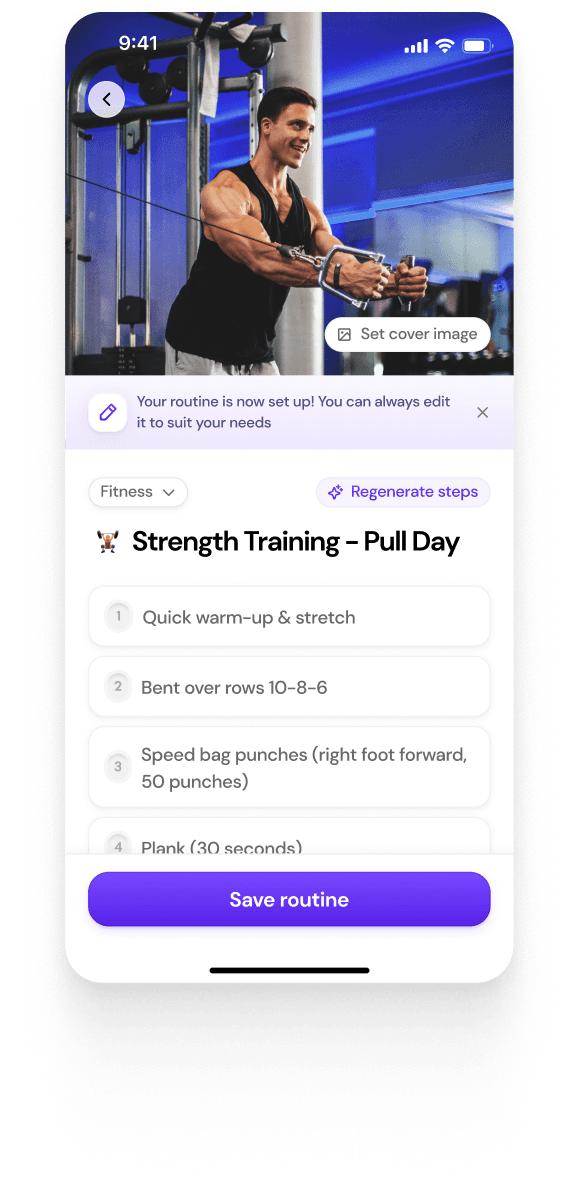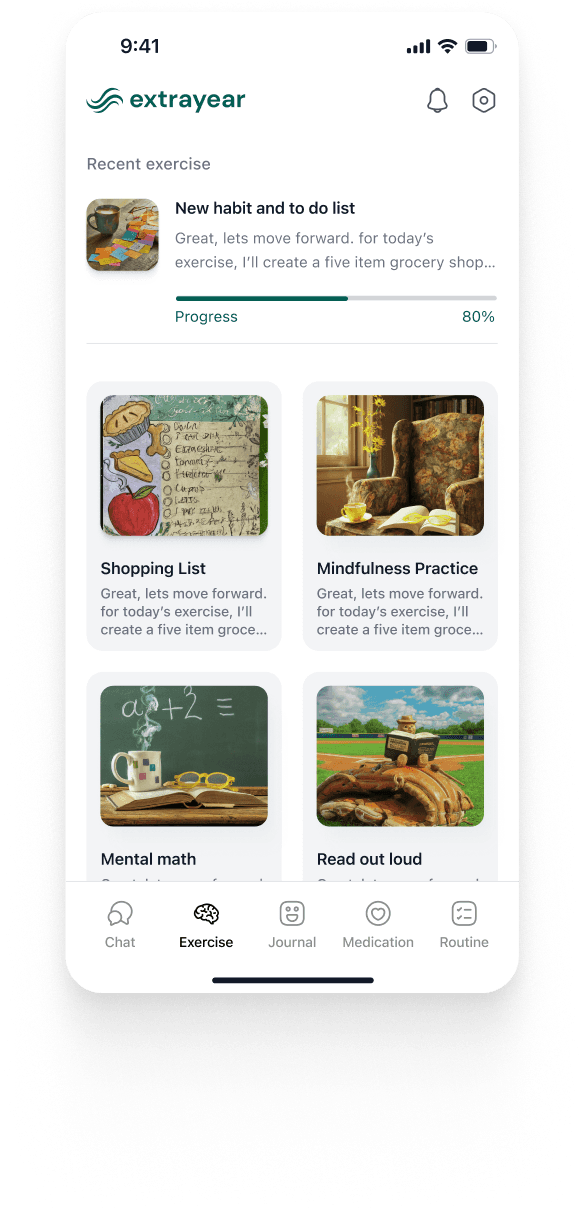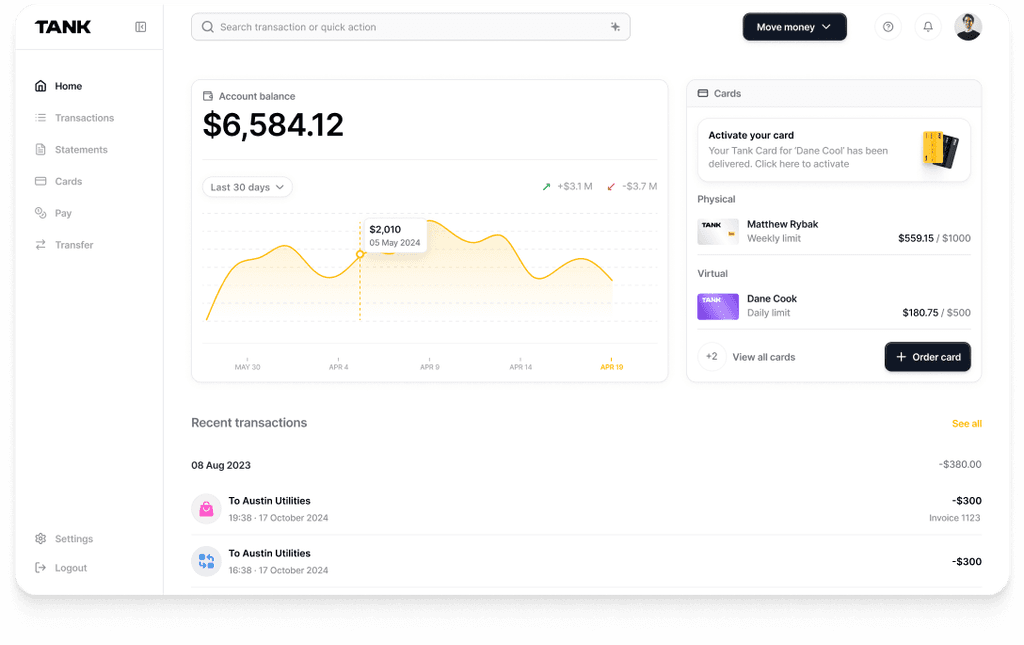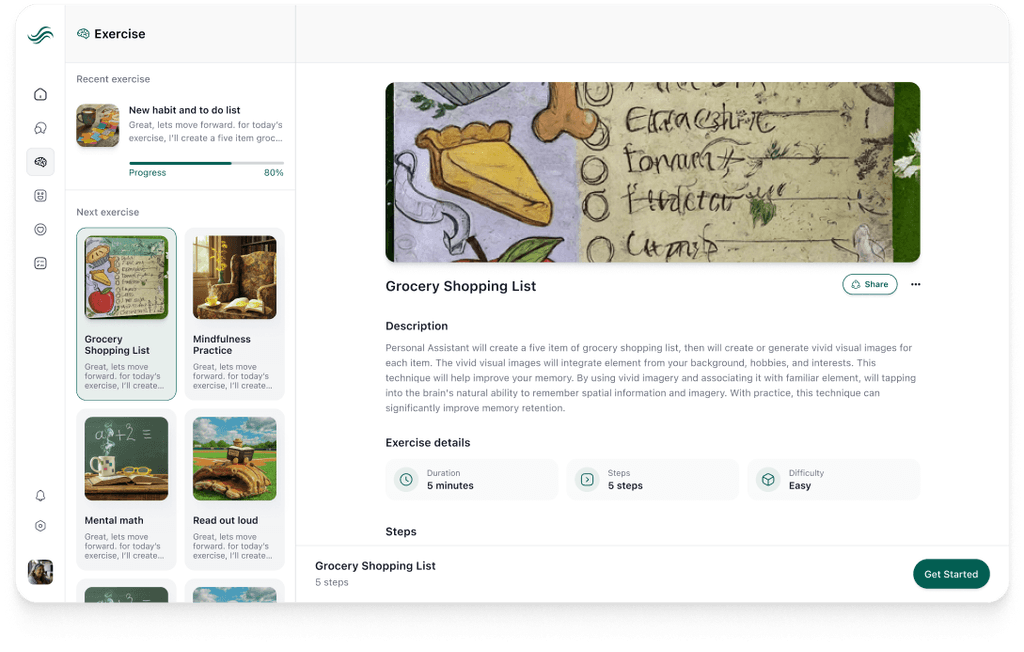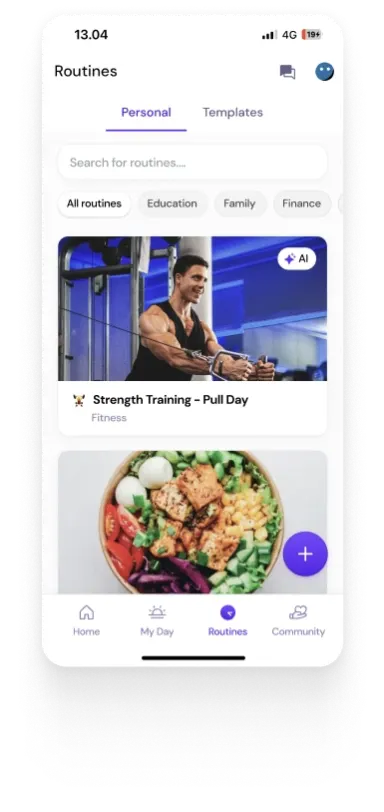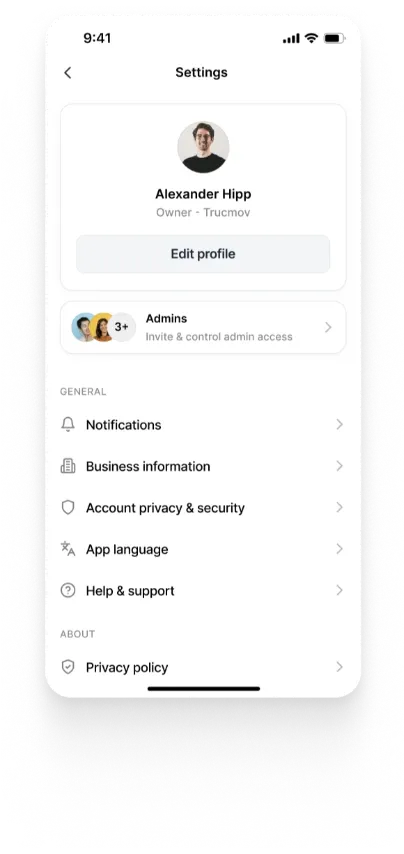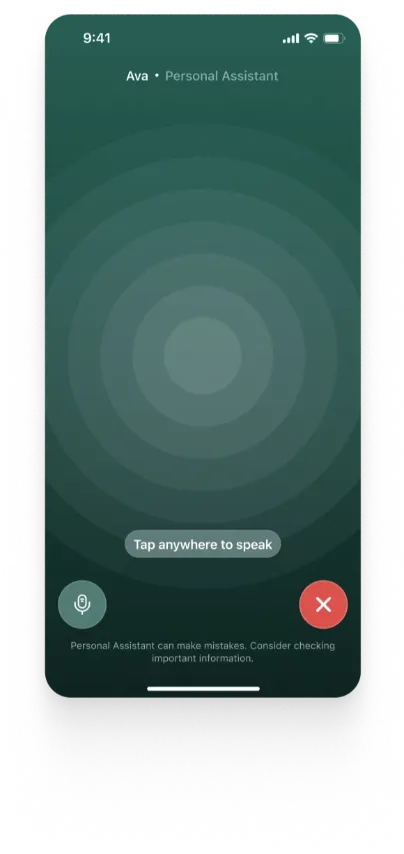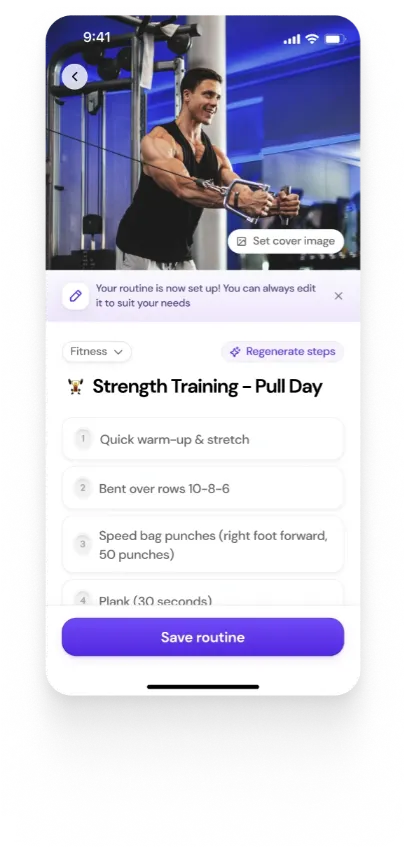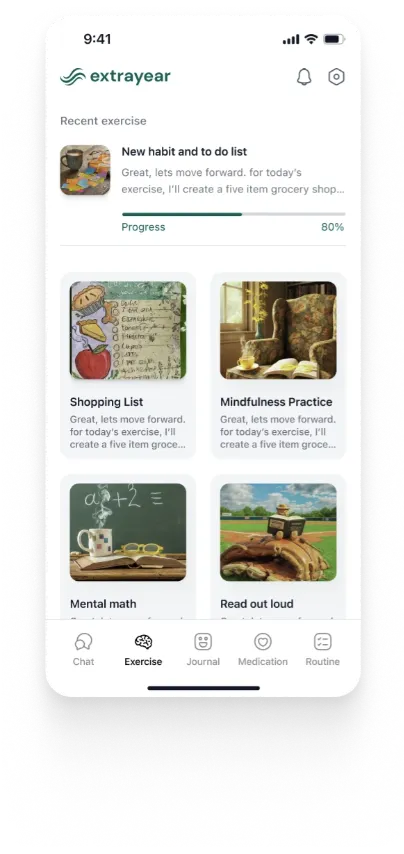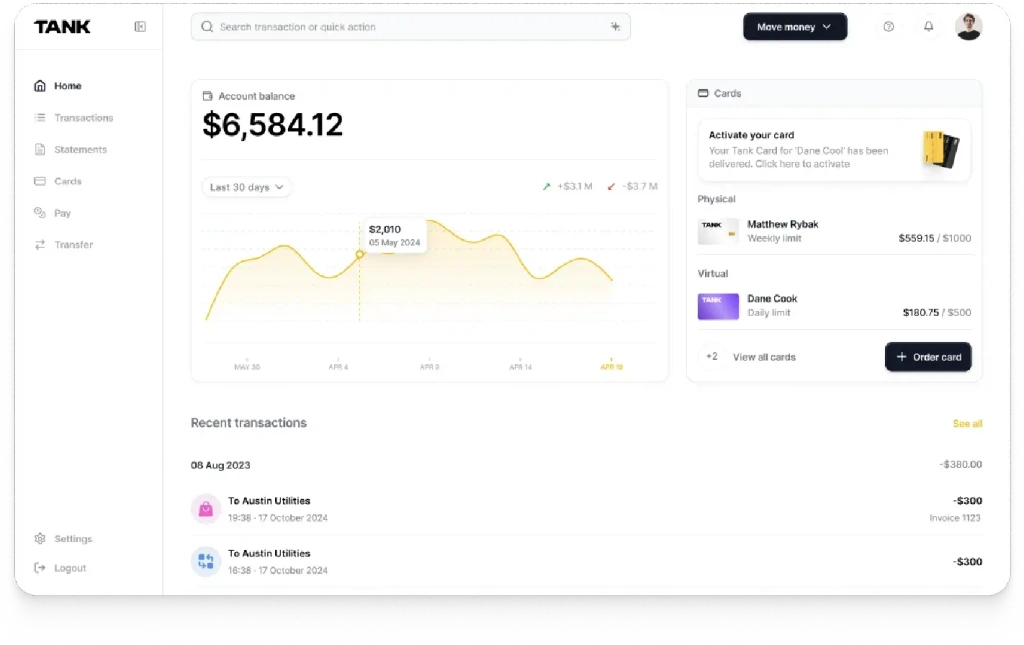Reduce Tech Debt from Day One: How AI Engineers Follow Clean Architecture in Flutter
Mar 25, 2025
Summary
Steve’s Vibe Studio enforces clean architecture from project initialization, structuring Flutter apps into clear layers (UI, domain, data) and automating code generation, error correction, and testing. By embedding best practices into every build, Steve minimizes tech debt, ensures scalability, and transforms speed into sustainability—reducing long-term maintenance costs from day one.
Key insights:
Layered Codebase from the Start: Steve scaffolds apps using clean architecture (UI, domain, data), preventing tight coupling.
AI-Enforced Separation of Concerns: Each change targets the right layer—UI, logic, or data—based on contextual analysis.
Template-Driven Code Generation: Reusable, architecture-compliant templates automate maintainable feature creation.
Iterative Validation & Auto-Fixes: Steve formats, analyzes, and auto-corrects errors layer-by-layer for production-grade quality.
Complexity Scoring & PR Transparency: Performance metrics and structured PRs clarify impact and architectural integrity.
Introduction
The proliferation of rapid development frameworks like Flutter has made it easier than ever to launch mobile and web applications with speed. However, this velocity often comes at the cost of long-term maintainability. Poorly structured codebases accumulate technical debt—friction that slows down future development, introduces bugs, and escalates costs. In the context of Flutter, where widget trees can quickly grow unwieldy and business logic can be easily entangled with UI code, the need for a rigorous architectural framework is paramount.
Steve’s Vibe Studio—a flagship tool within Steve, the first AI operating system—tackles this challenge from the outset. It empowers developers to build Flutter apps with AI while adhering to clean architectural principles. By embedding clean architecture into the foundation of every project, Vibe Studio does not merely accelerate development—it also guarantees structural integrity, reducing technical debt from day one. This insight explores how the system does so, detailing the key phases, benefits, and implementation strategies within Steve’s ecosystem.
Understanding Clean Architecture in Flutter
1. What is Clean Architecture?
Clean architecture is a design philosophy that emphasizes separation of concerns and decoupled layers, making the codebase easier to test, extend, and maintain. Introduced by Robert C. Martin (Uncle Bob), it advocates a circular dependency rule where inner layers (Entities, Use Cases) remain independent of external layers (UI, Frameworks).
In Flutter, this often translates into organizing code across four main layers:
Presentation Layer: Widgets and UI logic
Application Layer: Use cases and orchestration
Domain Layer: Business logic and models
Data Layer: Repositories, APIs, local storage
This architecture is not just theoretical—it provides tangible benefits in a Flutter environment by modularizing responsibilities and isolating dependencies.
2. Why Flutter Needs Clean Architecture
Flutter encourages rapid prototyping through its reactive UI model, but this agility can lead to monolithic widget files and tight coupling between UI and data layers. Over time, features become harder to test, refactor, or extend. By embedding clean architecture principles early, Flutter applications remain agile without sacrificing maintainability.
Steve’s AI Engineering Approach to Clean Architecture
1. Automated Repository Initialization
Within Vibe Studio, clean architecture starts during the repository initialization process. As the system sets up a new Flutter app, it generates a fully structured codebase that adheres to clean architecture. This includes separating directories by layer, along with placeholder classes that establish dependency rules.
By doing this upfront, Vibe Studio eliminates the need for manual boilerplate setup and ensures every file introduced thereafter fits within this architectural skeleton.
2. Smart File Identification and Scoped Changes
During the automated change request workflow, the system performs a file analysis phase where it scans the interface document and existing codebase to determine which files are contextually relevant to the user’s modification request. This intelligent scoping mechanism ensures that changes remain within their appropriate architectural layers. For example, a UI modification will only touch presentation-layer files, while business logic updates are routed through the domain or application layers.
This separation enforces clean boundaries and prevents architectural drift—a common source of tech debt in evolving Flutter apps.
AI-Driven Consistency in Code Generation
1. Templates That Follow the Rules
One of the most powerful aspects of Vibe Studio is its reliance on architecture-aligned templates during content generation. Whether adding a new feature or modifying an existing module, the AI assistant uses predefined templates that enforce separation of concerns. For instance, creating a new feature may automatically generate a use case in the application layer, a repository interface in the domain layer, and its implementation in the data layer.
These templates are not static. They are augmented by AI’s contextual understanding of the project’s “code bible”—a dynamic internal documentation system that maps out the structure and contents of every file in the repository. This allows the assistant to generate new code that integrates seamlessly without breaking architectural conventions.
2. Build Validation and Error Correction
To further maintain architectural integrity, Vibe Studio enters a code processing phase after content generation. This involves applying formatting standards (dart format), synchronizing interface documents, and running the Dart Analyzer to catch violations early. If errors are detected, the assistant initiates an iterative fixing mechanism, applying corrections in a layer-specific manner. This error resolution loop continues until the build passes validation, reinforcing clean architecture practices through automated correction.
Performance Monitoring for Long-Term Quality
1. Complexity-Aware Scoring
A standout feature of Steve’s Vibe Studio is its performance evaluation framework. After each build, the assistant calculates a complexity score that considers architectural intricacy, file count, and method density. This baseline allows the system to track how changes impact the overall maintainability of the project.
Each resolution attempt is scored based on its effectiveness in reducing complexity and resolving issues without introducing new problems. This quantitative feedback loop helps ensure that the codebase not only works but remains clean and sustainable over time.
2. PR Documentation with Architectural Transparency
When the system generates pull requests, it includes a detailed breakdown of what was changed, how it was implemented, and which architectural layers were affected. This transparent documentation enables teams to review changes with a clear understanding of their impact on the architecture, facilitating better code reviews and long-term governance.
Case Study: Adding a Feature Without Adding Debt
Consider a user who wants to add a "Dark Mode" toggle to their app. In many Flutter projects, this request could easily lead to tech debt if handled ad hoc—mixing UI logic with theme management, introducing global state hacks, or duplicating styling.
With Steve’s Vibe Studio, the system follows this clean pathway:
The process begins in the presentation layer, where the toggle is introduced into the UI—perhaps within a SettingsView. The view itself remains stateless, focusing purely on layout and interaction, with no business logic embedded.
Next, the SettingsViewModel is either updated or created to manage the state of the Dark Mode toggle. This ViewModel holds a reactive property to track whether dark mode is enabled and exposes a method like toggleTheme() to handle user interaction. Importantly, the ViewModel doesn’t directly interact with platform services; instead, it delegates that responsibility to a dedicated service.
The actual theme logic lives inside a ThemeService, which is registered using StackedLocator. This service handles reading and writing the theme preference, abstracting away the underlying persistence mechanism, such as SharedPreferences or Firebase. This abstraction keeps the ViewModel clean and easily testable.
For larger or more modular apps, a ThemeRepository interface can be introduced at the domain layer to further separate concerns. The concrete implementation of this repository would live in the data layer and handle direct communication with the chosen storage system.
To ensure the feature is robust and maintainable, tests are written for both the SettingsViewModel and the service or repository handling theme persistence. These tests validate that the toggle logic functions correctly, state updates as expected, and preferences are saved and loaded properly.
By encapsulating responsibilities and maintaining layer boundaries, the feature is added cleanly, tested thoroughly, and documented transparently.
Building Future-Proof Apps with Steve
Steve’s architecture—powered by Flutter on the frontend and Firebase on the backend—is inherently designed for scale. But the platform’s true strength lies in how it embeds clean architecture into Vibe Studio. By doing so, it transforms app development into an exercise in precision and foresight rather than a race against deadlines.
With real-time feedback, modular file structures, AI-enhanced code validation, and robust documentation, Steve ensures that apps built on day one are just as maintainable on day 1,000. This foundational commitment to clean architecture is a critical reason why Steve stands out as more than just a development tool—it is an operating system for disciplined, high-quality software engineering.
Conclusion
In the dynamic world of Flutter development, speed and sustainability are often at odds. Developers may be tempted to optimize for launch velocity, sacrificing architectural rigor in the process. Steve’s Vibe Studio resolves this tension by automating the enforcement of clean architecture from the moment a project begins.
Through intelligent scaffolding, AI-guided code generation, iterative validation, and performance-aware feedback loops, the app ensures that each new line of code contributes to a sustainable and scalable system. For developers and organizations that want to reduce technical debt from day one, there is no better partner than Vibe Studio.
By embedding best practices into the fabric of every Flutter app it touches, Steve not only accelerates development—it future-proofs it.
Build Clean from Day One with Vibe Studio
Let Steve's Vibe Studio handle state management, feature layering, and architecture enforcement—so your Flutter code stays scalable and debt-free.










